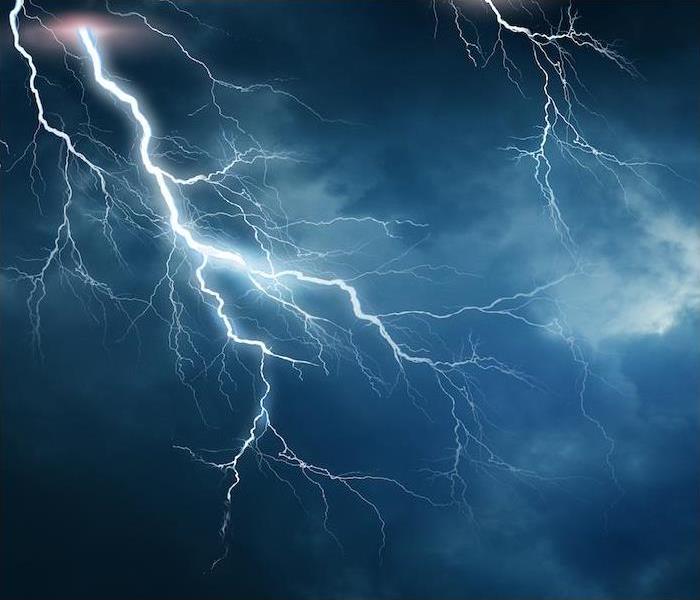The 3 Main Types of Storm Damage | SERVPRO® of North Lilburn
8/17/2022 (Permalink)
 When you suffer storm-related damage to your home or business, make SERVPRO® of North Lilburn your first call.
When you suffer storm-related damage to your home or business, make SERVPRO® of North Lilburn your first call.
Severe storms are every homeowner’s worst nightmare. While many modern homes are designed to withstand the effects of an extreme weather event, almost every home or property will see some level of damage when wild storms come through town.
Violent winds and wind-related disasters can blow debris all over the region, as well as cause freezing rains, snowstorms, lightning and flash floods, varying by the season and the storm—all pose a significant risk to your property and the structure of your home.
Depending on the type of storm and events occurring, your house may be exposed to varying levels of damage. Many factors come into play in determining the level of potential damage, including the landscape around your property, the geography of the region and the quality of your home’s foundation or building materials. (We admit, there’s also an element of luck involved.
You should make an effort to learn about general storm safety, and more specifically, the ones we see here in Georgia. In our state, we see between 54 and 90 thunderstorm days on average yearly. This means that one in five days of the week will be filled with high winds, heavy rainfall and potentially even damaging hail.
It’s never safe to stay put in a home that has been damaged from a storm unless safety experts clear you to do so. Many types of damage will be immediately visible, but you should always follow proper protocols to avoid any further disaster.
Let’s take a look at the three main kinds of storm damage so that you can be better prepared for them:
Wind
This type of destruction occurs when buildings are exposed to strong gusts of wind that blow at insanely high velocities. Tornadoes and hurricanes are the most common sources of intense winds, but even thunderstorms can cause winds of up to 100 mph.
Strong winds can pick up debris left on your property and fling it into your vehicles or your home, and the wind itself can also rip shingles off the roof and siding off the house. When storms roll through, it’s important to stay inside, away from any windows or external walls in case glass breaks or the walls are punctured by debris.
You can also take steps before the storm arrives to prevent excessive damage due to wind. Keep your property clear of any limbs, large rocks, untethered furniture or dying trees so that you can limit the amount of debris a storm has to work with.
Water
Damage from water is an extremely common occurrence both during and after a storm. Heavy downpours during even a minor storm can allow water to accumulate outside your home, which then leaks through the seals on your doors and windows.
When the amount of water is substantial enough, it can even seep into your foundation and cause serious structural damage.
In order to limit the amount of destruction that water can cause to your property, consider utilizing special landscaping techniques that allow water to flow away from your home rather than collect next to it. You can also install a rain garden, which is a beautiful way to brighten up your yard and prevent all that rainwater from causing a big problem.
Additionally, you should always keep your gutters clean so that they can work as designed and keep the weight of water off your roof. Clogged gutters can allow water to pool and push its way inside your home from the top, leaking its way down to ground level.
Impact
“Impact damage” is another common type of storm damage that can have catastrophic outcomes on your home. This damage is seen in the form of fallen trees or debris being blown by strong winds into your home. Essentially, impact damage encompasses any damage caused by an object that hits (or impacts) your house or property.
The single best way to avoid this kind of disaster is to trim trees around your home and make sure any dying tree is removed, instead of Mother Nature bringing it down on your house.
Weather-related disasters caused over $145 billion in damages in 2021 in the United States alone. These tips could help you save countless amounts of time and money and can keep your household safer by avoiding these frequent disasters before they begin.
If you do experience storm damage, you should give SERVPRO of North Lilburn a call right away. Our restoration experts come equipped with industry-leading technology and years of experience handling every kind of disaster.
When you suffer storm-related damage to your home or business, it’s important that you know who to call! Contact us today to get your storm damage restoration started faster.




 24/7 Emergency Service
24/7 Emergency Service